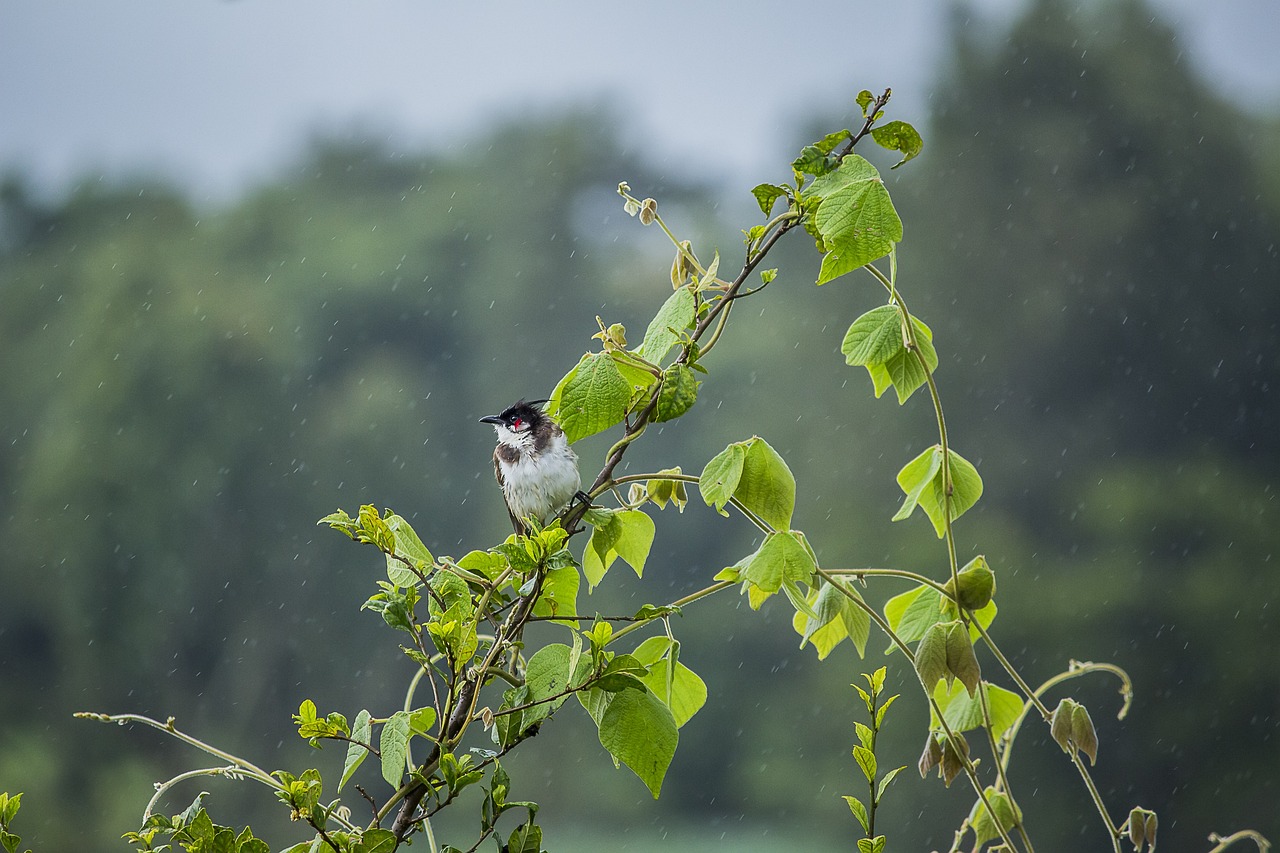A cyclone is a large-scale air mass that rotates around a strong center of low atmospheric pressure. Cyclones are associated with intense weather events, including high winds, heavy rain, and in some cases, thunderstorms and tornadoes. In different regions, cyclones are known by various names, such as hurricanes in the North Atlantic and typhoons in the Northwest Pacific.
Key Features of a Cyclone:
- Low-Pressure System: Cyclones are formed due to a drop in atmospheric pressure, causing surrounding air to spiral inwards.
- Rotating Winds: The direction of rotation depends on the hemisphere: counterclockwise in the Northern Hemisphere and clockwise in the Southern Hemisphere due to the Coriolis effect.
- Eye of the Cyclone: The calm center of the cyclone, with lower pressure and lighter winds, surrounded by the eye wall where the most intense weather occurs.
Formation of Cyclones:
Cyclones typically form over warm ocean waters near the equator, where conditions are ideal:
- Warm sea surface temperature: The water must be at least 26.5°C to provide the necessary energy.
- High humidity in the lower and middle levels of the troposphere.
- Atmospheric instability: Air rising from the surface cools, leading to condensation and cloud formation.
- Coriolis force: Needed to set the storm into rotation, hence cyclones don’t form directly at the equator.
Types of Cyclones:
- Tropical Cyclones: Form over tropical oceans with warm, moist air. They are classified into categories based on wind speeds, from tropical depressions to hurricanes or typhoons.
- Extratropical Cyclones: Form in the mid-latitudes and are driven more by temperature contrasts than by ocean warmth. They often bring cold fronts and heavy precipitation.
- Polar Lows: Small, intense cyclones that form over polar regions, typically smaller in size but can have strong winds.
Impact of Cyclones:
- Heavy Rain and Flooding: Cyclones can cause intense rainfall, leading to severe flooding.
- Strong Winds: High wind speeds can cause extensive damage to buildings, power lines, and vegetation.
- Storm Surges: Cyclones can cause seawater to surge onto land, especially in coastal areas, leading to severe flooding and erosion.
Cyclone Classification:
Cyclones are categorized based on their wind speeds, often into categories or classifications depending on the region. For instance:
- Saffir-Simpson scale: Ranges from Category 1 to Category 5 for hurricanes (tropical cyclones in the Atlantic and Northeast Pacific).
- India Meteorological Department (IMD) classifications: From depression to severe cyclonic storm, and extremely severe cyclonic storm for the Indian Ocean region.
Cyclones are critical to monitor as they pose significant risks to life, property, and the environment, particularly in coastal regions.

